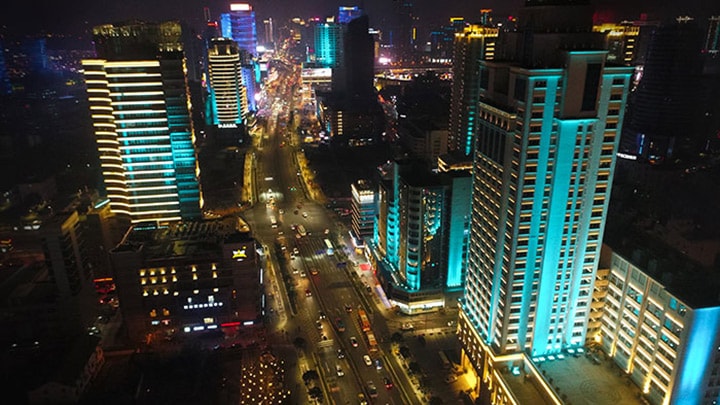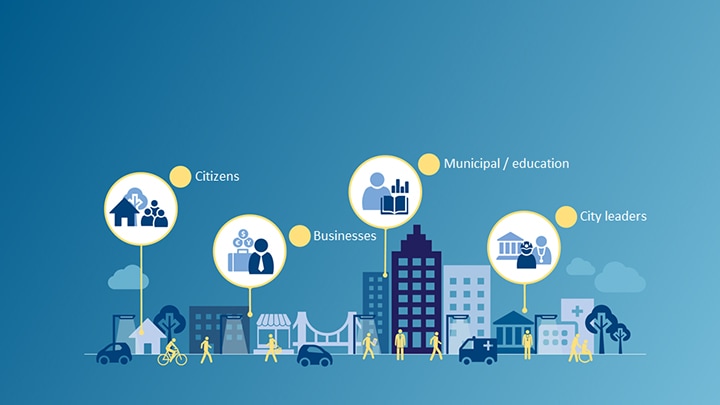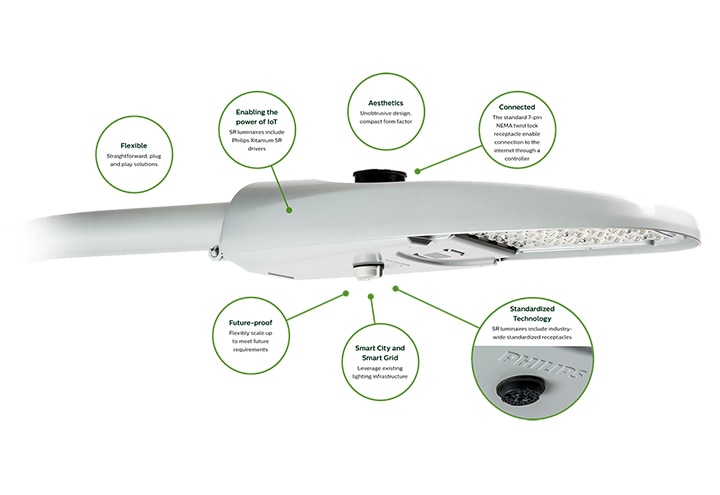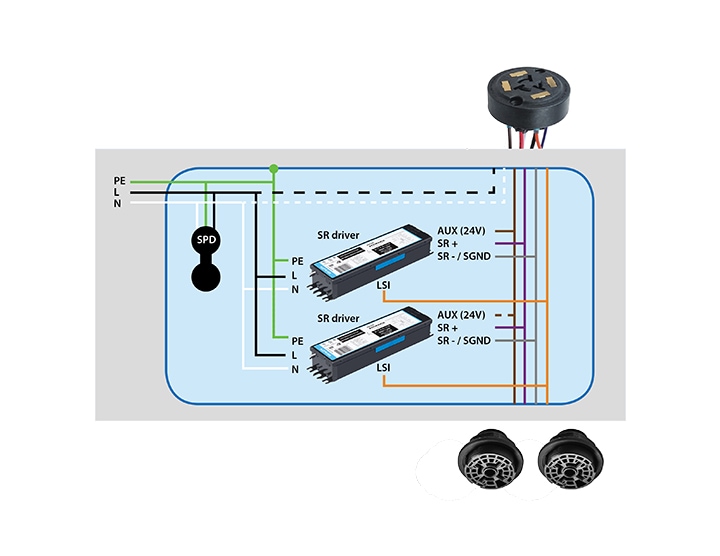



This new IoT platform already has multiple partners who are helping customers make a significant step towards connected lighting that will significantly improve the customer/resident experience.
For more information on D4i or D4i certification:

November 14, 2023
How lighting technology can help reduce risks to migrating birds